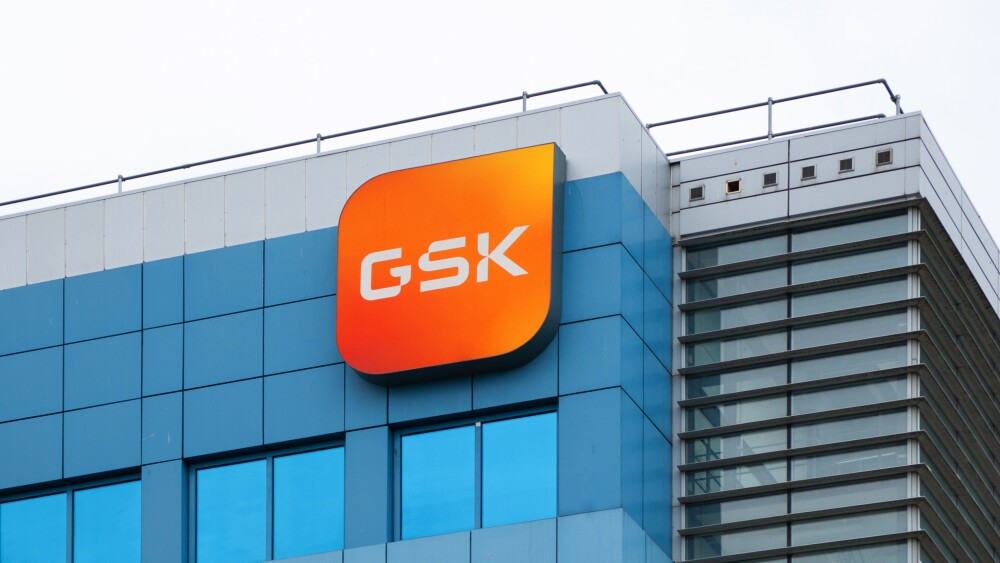Frank Nestle, Sanofi’s chief scientific officer and Global Head of Research, and Dietmar Berger, Sanofi’s chief medical officer and Global Head of Development, provided an overview of the company’s clinical activities and highlighted some assets that will be key revenue drives for the company.
ricochet64/Shutterstock
With eight drugs awaiting regulatory approval and 26 projects in Phase III studies, Sanofi is on the cusp of a transformative year during 2021.
That was the message the company shared during a pre-J.P. Morgan Healthcare conference roundtable discussion with BioSpace and other journalists. Frank Nestle, Sanofi’s chief scientific officer and Global Head of Research, and Dietmar Berger, Sanofi’s chief medical officer and Global Head of Development, provided an overview of the company’s clinical activities and highlighted some of the assets that will be key revenue drives for the company.
Nestle likened Sanofi’s R&D programs to an iceberg. The public only sees so much, that which is above the water. However, Sanofi’s programs have significant depth below the waterline that could result in the approval of important medicines to treat difficult diseases.
In 2019, Sanofi Chief Executive Officer Paul Hudson laid out a new strategy for the company that focused on five primary diseases of focus – hemophilia, oncology, hematology, rare diseases and neurology.
“We are met led by areas of unmet need and these are areas where we believe we can make a difference,” Berger said.
With these new areas of focus, Nestle said the company has been strategic in the way it spends its money. For Sanofi, that meant the company was backing out of the cardiovascular and diabetes spaces. John Reed, Sanofi’s Global Head of Research and Development, has been focused on investing in new development programs in order to develop therapies for targets that are currently considered undruggable. That’s a significant goal. During his presentation, Nestle said there are currently only about 700 druggable targets for companies. That only scratches the surface of the entire proteome. Approximately 85% of the proteome remain undruggable, he said.
“In addition to understanding patient biology better, you have to create new technologies,” Nestle said.
To meet that goal, Sanofi is investing in areas like synthetic biology and cell and gene therapy. He also noted innovations are occurring with protein degraders, antibody conjugates, nanobodies and multi-specific antibodies, specifically bi- and tri-specific.
Another area where Sanofi is investing is through the Expanded Genetic Alphabet platform it gained at the end of 2019 through the $2.5 billion acquisition of Synthorx. That platform will allow the company to engineer new proteins, Nestle said. The platform is considered synergistic with Sanofi’s existing platforms, including its nanobody technology, which allows it to develop a broad range of novel biologics, including drug conjugates, protein fusions, and multi-specific biologics.
In addition to the Expanded Genetic Alphabet platform, that deal also brought Sanofi THOR-707, a form of interleukin-2 (IL-2) being developed in multiple solid tumors types as a monotherapy and also in combination with checkpoint inhibitors. Nestle predicted Thor-707 will become a backbone in oncology.
Sanofi also expects to see fruits from the November 2020 acquisition of Kiadis Pharma and its cell-based immunotherapy for cancer. Kiadis’ off-the-shelf K-NK cell technology platform is expected to have broad applications against both liquid and solid tumors.
The BTK inhibitors gained in the $3.68 billion acquisition of Principia Biopharma this past summer are also critical future drivers for the company. The Bruton tyrosine kinase (BTK) inhibitors are expected to be key assets in a portfolio of the next generation of transformative treatments for autoimmune diseases. BTK is present in the signaling pathways of key innate and adaptive cell types of the immune system. Being able to block or disrupt these signaling processes can help in stopping inflammation and tissue destruction related to autoimmune diseases and target some of the underlying pathophysiology.
Dupixent, the company’s blockbuster monoclonal antibody that inhibits the signaling of the interleukin-4 and interleukin-13 proteins, remains a cornerstone drug for Sanofi, Berger said. Dupixent is currently approved in the U.S. and other countries to treat several diseases driven by type 2 inflammation, including atopic dermatitis, nasal polyps and asthma.
“Dupixent remains a big focus for the company,” Berger said. He added the company anticipates approval of Dupixent in pediatric asthma this year.
Other assets that Sanofi highlighted during the presentation are the RNAi treatment fitusiran for hemophilia, a selective estrogen receptor degrader for hormone-receptor-positive breast cancer and multiple sclerosis candidate BTKi, which the company believes has the potential to be the first disease-modifying therapy to address inflammation and disability drivers in the brain.
Looking ahead at the number of potential approvals and readouts in 2021, Berger predicted a substantial news flow from the company throughout the year.





